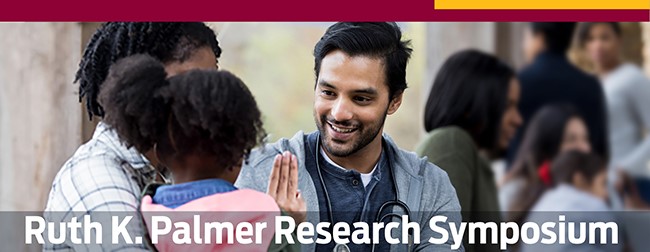Credentials of Corresponding Author
PhD, RN, CCRN-K
Purpose
The purpose of this study was to evaluate a program of three simulated learning experiences (SLE) intended to develop clinical judgment and clinical competence in baccalaureate nursing students enrolled in a nursing fundamentals course (n = 93).
Background and significance
In foundational nursing courses, students learn health assessment, beginning nursing skills, communication strategies and clinical judgment skills. Nursing students can develop these skills using SLEs, prompting some researchers to recommend that SLEs be implemented early in the curriculum (Stroup, 2014). This is important considering that many new-to-practice nurses experience difficulty in making sound clinical judgments (Kavanagh & Szweda, 2017; Lasater et al., 2015), which significantly impacts patient outcomes (Fedko & Dreifuerst, 2017). Thus, the development of strong clinical judgment is a priority in prelicensure nursing programs. SLEs have found to be effective tools for teaching beginning-level nursing students clinical judgment (Chmil et al., 2015; Schlairet & Fenster, 2012; Weaver, 2015; Yoo & Yoo, 2003) as well as clinical competence (Kirkman, 2013; Dearmon et al., 2013; Yoo & Yoo, 2003).
Theoretical/Conceptual framework
Tanner’s Integrative Model of Clinical Judgment (2006) was the theoretical framework that guided the study.
Method
A single group repeated measures design was used for the study. In groups of two, study participants participated in an SLE at weeks three, six, and nine of an 11-week semester. They were randomly chosen to care for either the patient or the family member in the SLE, and they maintained those roles in each SLE. After each SLE, the study participant caring for the patient was evaluated for demonstrated clinical judgment abilities using the Lasater Clinical Judgment Rubric (2007) and clinical competence using the Creighton Competency Evaluation Instrument (Hayden et al., 2014).
Results
The findings of the study indicated that nursing students who participated in the program of SLEs demonstrated increased abilities in clinical judgment skills (F(2, 92) = 11.41, p < .001, η2p = .20) as well as clinical competence (F(2, 92) = 10.79, p < .001, η2p = .19).
Conclusions
Simulation can be used as an effective teaching strategy to develop clinical judgment skills and clinical competence among prelicensure nursing students early in a nursing curriculum.
Let’s Start at the Very Beginning: Use of Simulation in a Nursing Fundamentals Course


